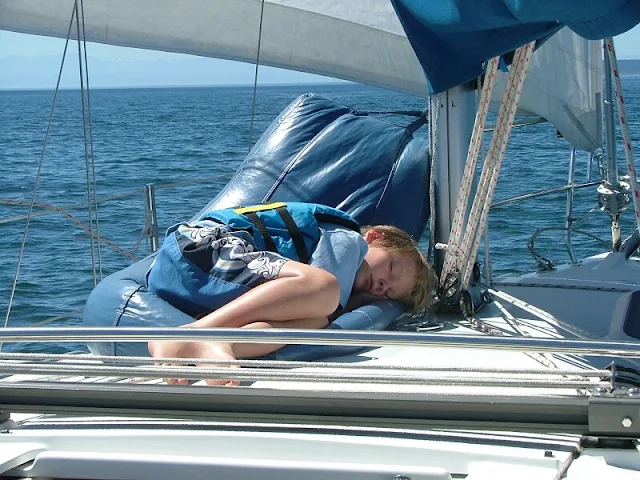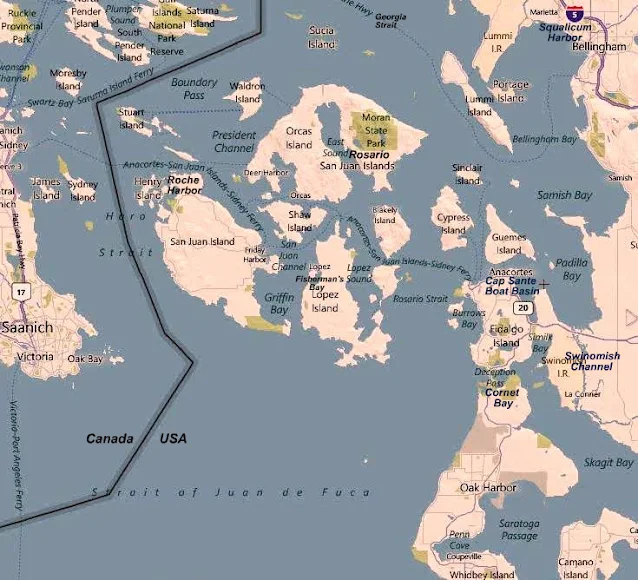By important, I mean important for camping, not that my list is important.
Over the years, camping aficionados tend to collect everything needed. They learn from painful experience what not to forget - again. Packing for them is just a matter of grabbing prepacked gear. They store it stuffed into one pack, one closet, or in my case, one group of Rubbermaid boxes. Everything is kept together so that when it is time to load up and go nothing important is forgot or left behind. We call ours "camping gear," and "camping boxes," and all of it is stored on the "camping shelves."
In our gear boxes you will find rolls of aluminum foil with only six inches left, dead spray cans, water logged matches, and barely functioning openers, corkscrews and rusty grimy pliers. Did I leave out dim flashlights?
Rather than list a truly massive list of mostly unneeded items, I thought I would attempt to list the important things that really impact me when forgot. Like my sleeping bag or coat, both I have forgot.
This is a boat camping list,
not surprisingly, it doubles as a car camping list:
folding saw
ropes and tarps
baby or folding shovel
flashlights - tested, with extra batteries
fire starting system or plan
stove or cooking system and fuel
fry pan
cooking pot
coffee system
bucket with bail (use for hauling water or bailing or storing icky stuff))
plastic bags big and little
sanitation needs
sponge or rags and towel
soap or detergent
water proof and animal proof food containers
kitchen stuff - spoons, openers,
folding chair
good knife or multi-tool
emergency tool kit
sleeping pad
sleeping bag
tent (for some)
water jugs
layered clothing for hot, cold, and rain
hat
mosquito repellant
suncreen
Some of the items don't belong in a gear box (like clothing) but should be listed.
For those of you that need more, try my
Mother of all packing lists - click here >
Mother of all packing lists








































